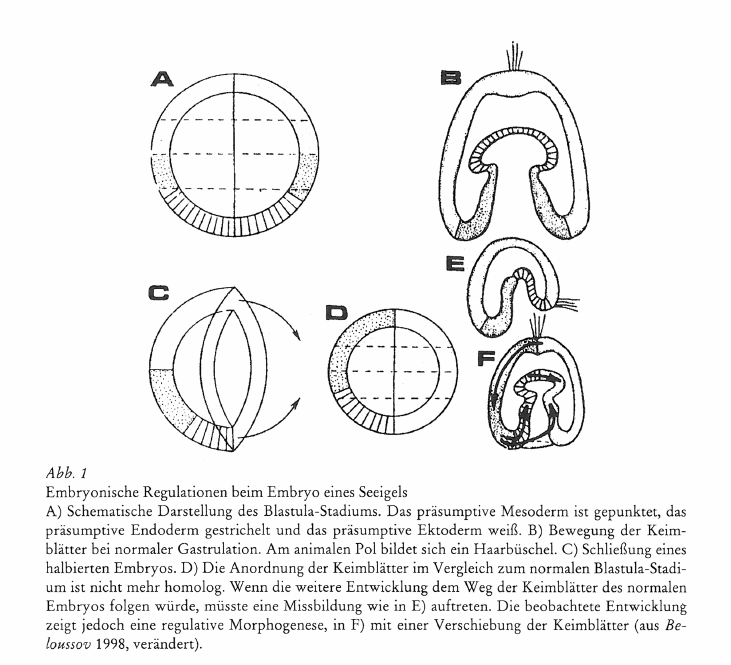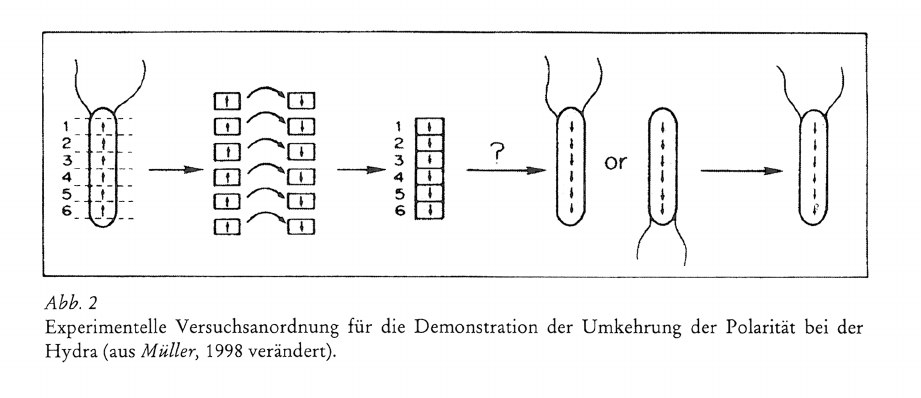Was ist das Ganze und was ist Teil?
Überlegungen zum Problem der biologischen Form
Export Article Citation as
- Plain text
- BibTeX
- RIS format
- Download price : € 6.00
Abstract:
This study shows that regenerative and formative processes are subordinate to a higher ordering. An attempt is made here to answer the following questions: can formative processes be explained mechanically or physically? Are there any autonomous morphogenetic principles?
Of course, as regards their particulars, formative processes can (potentially) be described but not explained. Material processes have a complementary, albeit indispensable, character because in the development of totality they enable its manifestation. This requires an appropriate conceptual framework. Form as ontological entity represents more than the spatial boundaries of substance. Specific organic qualities like scaling and equifinality are described and their meaning is commented on. However, this creates the problem of finding an exact definition of this field concept. I have used the concept of the morphogenetic field, but approached it primarily from the philosophical angle, i.e. with respect to its status regarding form. What this field is or what it comprises and what properties it has remain unanswered. Thus it remains open as to what role, for instance, the master gene (Gilbert et al., 1966) plays in development and why some developmental processes can be regulated more strongly than others. The interplay between form and substance obeys certain laws which have yet to be discovered.



